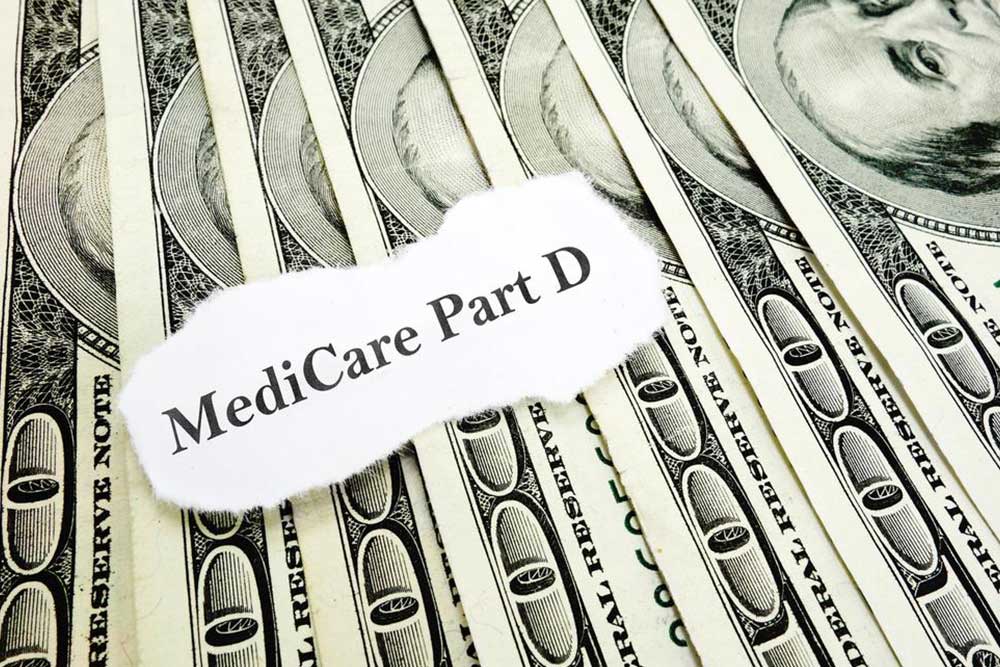A Complete Guide to Medicare Part D Coverage and Enrollment
Learn about Medicare Part D coverage, including what it covers, how deductibles and copayments work, and tips for choosing the right plan. Discover enrollment windows, potential penalties, and strategies to maximize savings on prescription medications. This guide helps seniors make informed healthcare decisions to improve their coverage and reduce prescription costs effectively.

If you're aiming to enhance your health insurance benefits, Medicare Part D plans are essential for prescription drug coverage. These plans help cover outpatient medication costs, allowing you to save money through insurance benefits. Private companies offer Part D plans either as standalone options for Original Medicare recipients or as added benefits within Medicare Advantage plans. When choosing a plan, consider factors like cost, coverage, ratings, and extra perks. Read further to explore detailed information about Medicare Part D options and how to select the right plan for you.
What does Medicare Part D include?
Medicare Part D plans cover various prescriptions, including treatments for HIV and cancer. Medications are organized into formularies, which list covered drugs, vaccines, and injections. Formularies are segmented into tiers, from affordable generics at the lowest tier to high-cost specialty medicines at the highest. Plans must include at least two frequently used prescriptions. If your medications aren’t covered, consult your doctor for possible exceptions or alternative options.
Deductibles and copayments explained
Annual deductibles are amounts paid out-of-pocket for covered services, typically ranging from $300 to $400, though some plans waive this fee. After meeting the deductible, copayments are fixed amounts paid for each prescription, which vary based on medication tier and plan specifics.
How to select the right plan
With various plans available from private insurers, choosing the best one involves comparing coverage options, costs, and additional benefits. Consider your current health needs and whether you’re enrolled in Medicare Advantage, where prescription costs may be bundled into premiums. Evaluate deductibles, copayments, and premiums thoroughly to make an informed decision.
Enrollment process
You can enroll in a Part D plan three months before, during, or after turning 65. Those with qualifying disabilities also become eligible three months prior to or after their disability onset. Missing the enrollment window can result in limited sign-up periods and late fees, which are added to your premiums for future years.
Cost savings tips
Saving with Part D depends on location, provider, coverage, and medication costs. Coverage of expensive drugs helps prevent extra out-of-pocket expenses. Premiums vary from zero to $100 monthly across providers. Carefully review premiums, copayments, and deductibles to maximize savings and choose the most suitable plan.
Note:
Our blog covers diverse topics and provides practical insights based on research. However, readers should verify details independently, as information might vary or be updated. The site may not include all available schemes or offers, so explore multiple sources for the best options.










